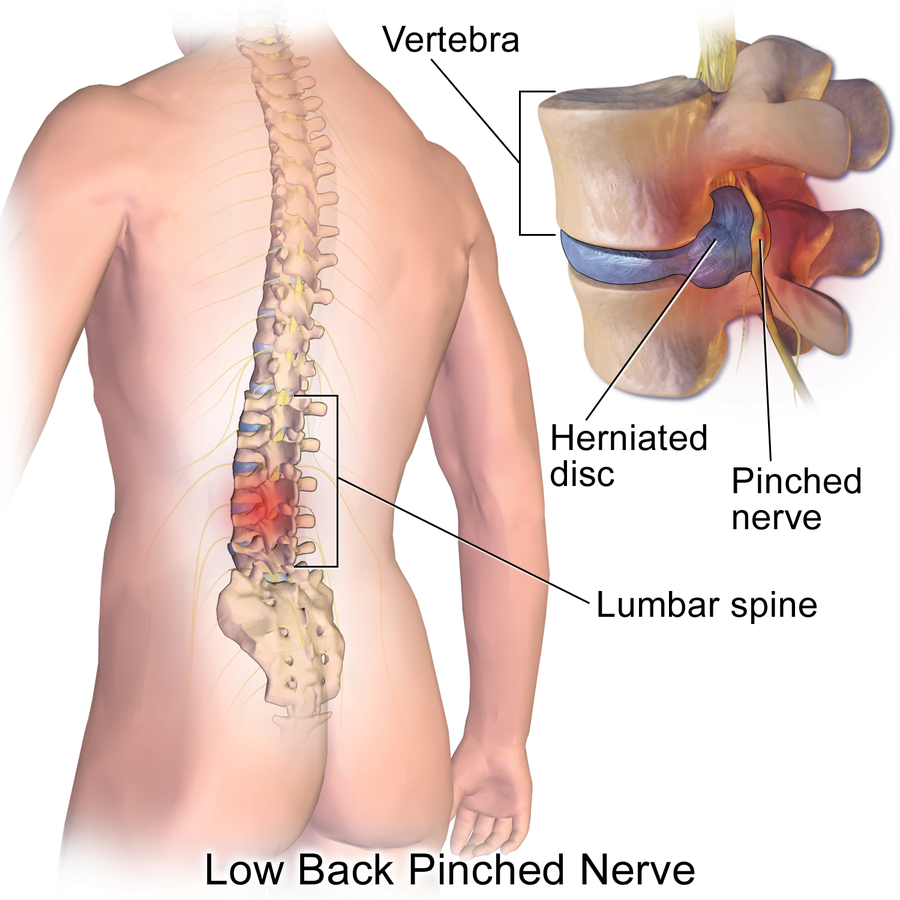
If you are going through some spine related problems for a long period, then most likely you’re familiar with the term ‘SLIP DISK’.
Our spinal column is series of bony structures piled up on each other, known as vertebrae. Usually, there are total 33 vertebrae in the spinal column; (from above downwards) 7 cervical, 12 in the thoracic region, 5 lumber,5 sacral and 4 coccygeal vertebrae.
Among them the top 24 are well separated and not fused the rest; sacral and coccygeal vertebrae are fused together.
These bony structures are separated from each other by a layer of cartilaginous material that is known as an intervertebral disk, it has a thick outer layer which is known as annulus fibrosus and in the centre, there is a soft gel-like structure; mucoprotein gel or termed as the nucleus pulposus.
Several accidents, injuries, diseases or other factors like aging can rupture the outer layer and as a result, the inner structure; the nucleus pulposus can bulge out or slip out through the crack or tear. This medical condition is known as “slip disk or bulging disk or sometimes referred to as “herniated disk”.
When the nucleus pulposus slip out through the crack, it interferes with the sensory fibres of the spinal nerve which is mainly responsible for the irritation or pain.
Slip Disk is the consequence of a slow degenerative process which is mostly seen after the fifth decade and commonly in the later stages of life.
If someone is suffering from a sudden, severe sharp pain in the lumbosacral region or the lower then it might be because of slip disk, the pain increases at the time of coughing, sneezing lifting objects. Know more
Proper care should be taken to prevent further damage. Know more
There are a lot of remedies available which can give a temporary relief from the pain. Know more
Almost 87% of patients suffering from disc herniations don’t need to go through surgery. The primary step is a diagnosis, a proper history taking, and evaluation, through physical examination and appropriate medicines can heal most of the cases, however, the proper treatment process includes,
